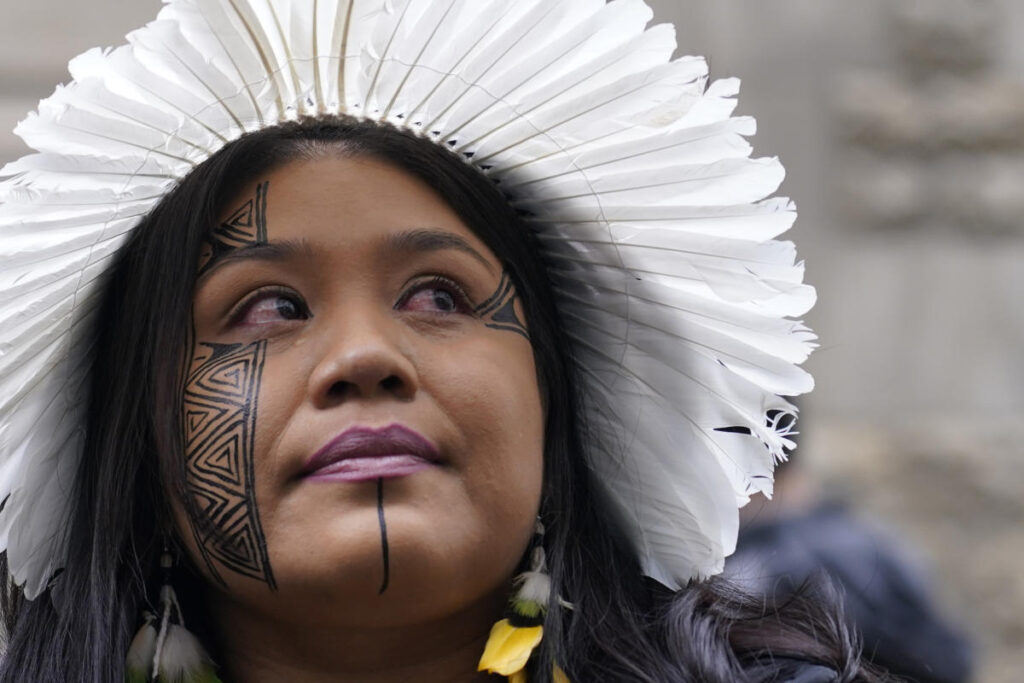On November 5, 2015, Brazil experienced one of its most catastrophic environmental disasters when a tailings dam owned by the iron ore mining company Samarco, a joint venture between BHP and Vale SA, ruptured, sending a deluge of toxic mining waste into the Doce River. This disaster resulted in the loss of 19 lives and severely impacted the surrounding communities and ecosystems. Nearly nine years later, victims of this tragedy are pursuing justice in the High Court in London through a class action lawsuit against BHP for approximately £36 billion ($47 billion). This figure, if awarded, would be the largest environmental payout in history, as claimed by the law firm Pogust Goodhead representing the plaintiffs. The case underscores the complexities of holding multinational corporations accountable for environmental harm, particularly when legal jurisdictions cross international borders.
BHP’s substantial ownership stake in Samarco positions it as a key defendant in this proceeding, primarily because the legal entity was based in London at the time of the disaster. The case is pivotal not only for the victims but also for the principles of corporate accountability and environmental justice on a global scale. The legal battle unfolds amidst BHP’s recent announcement of negotiations for a separate settlement with Brazilian authorities, potentially amounting to $31.7 billion. However, Pogust Goodhead asserts that this negotiation should not affect the London case, highlighting a pattern of behavior by BHP that seeks to sidestep full accountability for the disaster. This dual legal approach raises questions about whether companies can effectively manage their liabilities when facing both local and international legal frameworks.
In the aftermath of the dam’s collapse, an estimated 14 tons of freshwater fish were killed, and approximately 660 kilometers (410 miles) of the Doce River were severely contaminated. Studies have revealed that the ecological damage is so extensive that recovery efforts have yet to restore the river’s original state. For the Krenak Indigenous people, the river holds significant spiritual importance, further complicating the narrative of this disaster as it intertwines cultural loss with environmental destruction. Such profound ramifications illustrate how environmental disasters disproportionately affect vulnerable communities and indigenous populations, who often bear the brunt of corporate negligence and environmental degradation.
As the legal proceedings unfold, BHP has expressed its intention to contest the claims in the UK, arguing that the ongoing reparation efforts and legal actions in Brazil sufficiently address the issues raised by the disaster. The company’s stance implies a belief that the victims’ pursuit of justice in the UK is duplicative and unnecessary. However, the plaintiffs and their advocates counter this position by asserting that the actions taken thus far have not met the needs of the victims or provided adequate reparations for the damage inflicted by the mining operation. This perspective crucially highlights the challenges victims face in seeking justice within the corporate legal landscape, where the resources and influence of multinational companies can often overshadow local claims.
Moreover, the timing of BHP’s proposed settlement with Brazilian authorities has sparked criticism from Pogust Goodhead, which accuses the company of attempting to prevent the victims from pursuing justice in the UK courts. The assertion points to a broader concern about the tactics employed by powerful corporations to shield themselves from accountability and minimize their financial liabilities. The contrasting approaches between seeking a settlement in Brazil and facing a significant class action lawsuit in the UK highlight the complexities of international corporate law, particularly in environmental contexts where the consequences can span across borders and affect diverse communities.
Ultimately, the ongoing legal battles stemming from the 2015 disaster are emblematic of larger issues concerning environmental justice, corporate accountability, and the rights of affected communities. As the case in London progresses, it becomes not just a story of individual compensation, but one that questions the responsibilities of multinational corporations in preventing environmental disasters and supporting affected communities. The outcomes of this case could set vital precedents for how future environmental damages are addressed, potentially reshaping legal accountability in a world where the impacts of environmental mismanagement are felt far beyond the immediate area of the disaster. The stakes are inherently high, and the continued advocacy for justice by the victims may well resonate through the legal and environmental landscapes for years to come.

